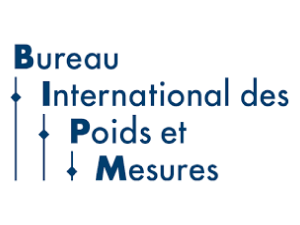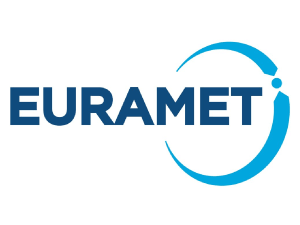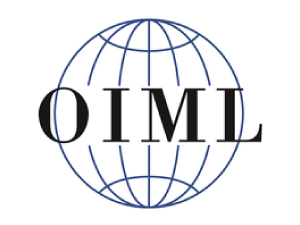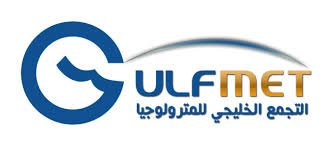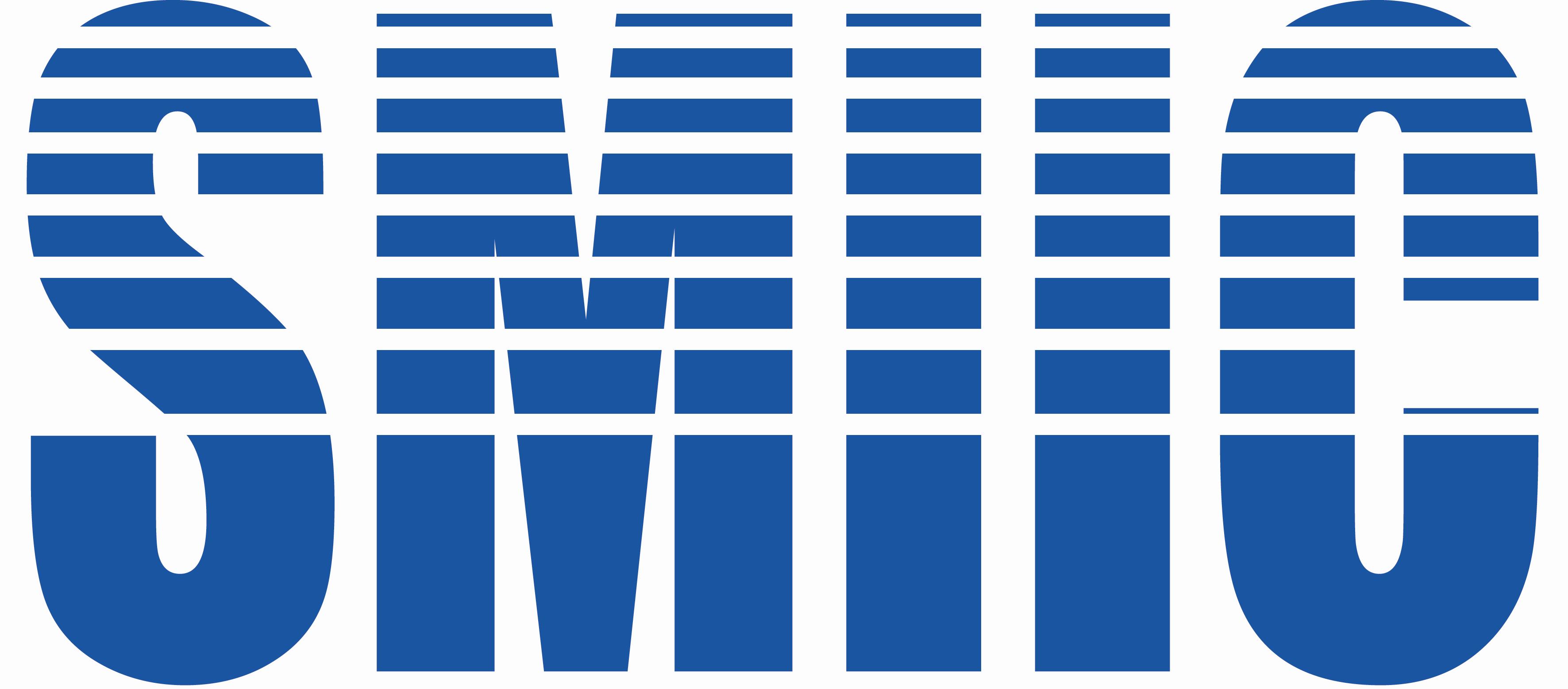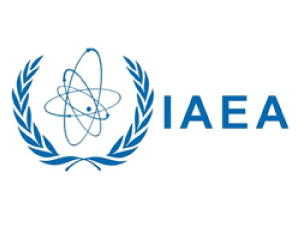The CIPM Mutual Recognition Arrangement (CIPM MRA) is the framework through which National Metrology Institutes demonstrate the international equivalence of their measurement standards and the calibration and measurement certificates they issue. The outcomes of the Arrangement are the internationally recognized (peer-reviewed and approved) Calibration and Measurement Capabilities (CMCs) of the participating institutes. Approved CMCs and supporting technical data are publicly available at the CIPM MRA database (the KCDB).
The technical basis of the CIPM MRA is the set of results obtained over the course of time through scientific key comparisons carried out by the Consultative Committees of the CIPM, the BIPM and the Regional Metrology Organizations (RMOs), and published by the BIPM and maintained in the CIPM MRA database.
The key comparisons are essentially of two types:
- CIPM key comparisons
- RMO key comparisons
CIPM key comparisons, of international scope, are carried out by those participants having the highest level of skills in the measurement involved, and are restricted to laboratories of Member States. The CIPM key comparisons deliver "the reference value" for the chosen key quantity. The CIPM key comparisons are made of set of CC comparisons (Consultative Committees) and BIPM key comparisons. The difference between these two is that CC chooses the key quantities to be compared in its field of expertise, approves the protocols of the key comparisons, and approves their results before publication in the KCDB and BIPM comparisons are organized as ongoing series of bilateral comparisons between the BIPM and outside laboratories.
RMO key comparisons, of regional scope, are organized at the scale of a region (though they may include additional participants from other regions) and are open to laboratories of Associates as well as Member States. These key comparisons deliver complementary information without changing the reference value. The protocols of the results can be linked to the results of CC key comparison after calculation of a key comparison reference value and degrees of equivalence.
Except of the key comparisons the CIPM MRA-D-05 describes two more categories of comparisons:
- Supplementary comparisons
- Pilot studies.
Supplementary comparisons are comparisons, usually carried out by an RMO to meet specific needs not covered by a key comparison, for instance measurement of specific artifacts, quantities, or measurements of parameters not within the "normal" scope of the CC. In particular, they may include laboratories which would not fulfill the requirements for participation in a key comparison.
Pilot studies are normally undertaken to establish confidence in measurement for a "new" field or instrument, or as a training exercise. Specific purposes of a pilot study may be testing of the new instruments, testing of new methods at an early stage, preparation of key comparison, training, etc. While the results of key and supplementary comparisons are directly used to support CMC publications of the participating NMIs, the results of pilot studies alone are normally not considered as sufficient evidence.
IMBiH's laboratories regularly participate in international comparisons and thus, prove their CMCs. The list of all comparisons in which IMBiH participated is presented in the following table.
| Organization | Code | Type | Laboratory | Field | Description | Link |
|---|---|---|---|---|---|---|
| EURAMET | EURAMET.RI(I)-S18 | Supplementary | LI | Supplementary comparison in Ionizing Radiation, Section I (x and gamma rays, electrons) | Calibration coefficients for ambien dose equivalent - H*(10) for photon radiation | Link |
| COOMET | COOMET.M.FF-S7 | Supplementary | LV | Supplementary comparison in Mass, Fluid Flow | Liquid volume | Link |
| EURAMET | EURAMET.QM-S11 | Supplementary | LH | Supplementary comparison in Amount of Substance, Inorganics | Elements in river water | Link |
| GULFMET | GULFMET.EM.BIPM-K11 | Key | LE | Key comparison in Electricity and Magnetism, DC Voltage and Current | DC voltage, Zener diode | Link |
| GULFMET | GULFMET.EM-S1 | Supplementary | LE | Supplementary comparison in Electricity and Magnetism, Resistance | Comparison of resistance standards | Link |
| EURAMET | EURAMET.M.FF-K4.1.2016 | Key | LV | Key comparison in Mass, Fluid Flow | Liquid volume: 20 L | Link |
| EURAMET | EURAMET.T-K7.4 | Key | LT | Key comparison in Thermometry, Fixed Point Cells | Comparison of water triple point cells | Link |
| COOMET | COOMET.T-S2 | Supplementary | LT | Supplementary comparison in Thermometry, Industrial thermometry | Calibration of industrial platinum resistance thermometers in thermostats | Link |
| COOMET | COOMET.EM-S19 | Supplementary | LE | Supplementary comparison in Electricity and Magnetism, Resistance | Comparison of electric resistance standards | Link |
| EURAMET | EURAMET.M.M-K4.2015 | Key | LM | Key comparison in Mass, Mass Standards | Comparison of mass standards | Link |
| EURAMET | EURAMET.T-K9 | Key | LT | Key comparison in Thermometry, Standard Platinum Resistance Thermometers | Realizations of the ITS-90 from 83.8 K to 692.7 K | |
| EURAMET | EURAMET.M.FF-K6 | Key | LV | Key comparison in Mass, Fluid Flow | Low pressure gas flow | Link |
| EURAMET | EURAMET.M.P-S13 | Supplementary | LM - pressure | Supplementary comparison in Mass, Pressure | Digital pressure gauge comparison in the range of 10 MPa to 100 MPa of liquid pressure | Link |
| EURAMET | EURAMET.M.M-S7 | Supplementary | LM | Supplementary comparison in Mass, Mass Standards | Comparison of mass standards | Link |
| EURAMET | EURAMET.M.M-K2.5 | Key | LM | Key comparison in Mass, Mass Standards | Comparison of mass standards | Link |
| EURAMET | EURAMET.M.P-K1.c | Key | LM - pressure | Key comparison in Mass, Pressure | Pressure measurements in gas (gauge mode) | Link |
| EURAMET | EURAMET.M.M-K2.2 | Key | LM | Key comparison in Mass, Mass Standards | Comparison of mass standards | Link |
| EURAMET | EURAMET.M.M-K4.2 | Key | LM | Key comparison in Mass, Mass Standards | Comparison of mass standards | |
| EURAMET | EURAMET.M.P-K8 | Key | LM - pressure | Key comparison in Mass, Pressure | Pressure measurements (gauge and absolute mode) | Link |
| EURAMET | EURAMET.M.P-S7 | Supplementary | LM - pressure | Supplementary comparison in Mass, Pressure | Pressure measurements in Nitrogen (absolute mode) | Link |
| EURAMET | EURAMET.M.FF-S2 | Supplementary | LV | Comparison of water flow calibration | Volumetric flow rate: 1 m3/h, 2.5 m3/h, 5 m3/h, 7.5 m3/h and 10 m3/h | Link |
| BIPM | CCTF-K001.UTC | Key | LE | Key comparison in Time and Frequency, Time | Calculation of the reference time scale UTC (Coordinated Universal Time) | |
| EURAMET | EURAMET 1350 | Comparison of sub-multiples of the kilogram | Link | |||
| EURAMET | EURAMET.QM-S13 | Supplementary | LH | Suplementary comparison in Amount of Substance, Organics | Comparison of value assigned forensic alcohol in water reference materials | |
| EURAMET | EURAMET 1484 | Supplementary | LV | Supplementary comparison in Mass, Fluid Flow | Liquid volume: micropipette 1000 mL and flask 100 mL | Link |
| COOMET | 680/RU-a/16 | Key | LV | Key comparison in Mass, Fluid Flow | Comparisons of national standards in the field of gas flow rate and volume, gas flow rates from 20 to 6500 m3/h | Link |
| EURAMET | EURAMET.QM-S14 | Supplementary | LH | Supplementary comparison in Amount of Substance, Organics | Comparison of measurement capabilities for the quantification of ethanol in water | |
| SIM | SIM.QM-K27.2019 | Key | LH | Key comparison in Amount of Substance, Organics | Ethanol in Aqueous Matrix: subsequent 1 | |
| EURAMET | EURAMET 1455 | Pilot | LH | Comparison on determination of gold content in white alloy | Comparison on determination of gold content in white alloy | Link |
| EURAMET | EURAMET 1442 | Supplementary | LT | Supplementary comparison in Humidity | Relative humidity from 10 %rh to 95 %rh at temperatures from -10 °C to 50 °C | Link |
| EURAMET | EURAMET 1382 | Supplementary | LT | Supplementary comparison in Humidity | Comparison of the realisations of the dewpoint temperature in the range from -40 °C to 20 °C | Link |
| EURAMET | EURAMET 1357 | Supplementary | LT | Supplementary comparison in Thermometry | Inter-laboratory comparison of triple point of water (TPW) cells | Link |
| EURAMET | EURAMET 1358 | Supplementary | LT | Supplementary comparison in Thermometry | International comparison of the calibration of thermocouple by comparison in the temperature range from 0 °C to 1100 °C | Link |
| EURAMET | EURAMET 1338 | Bilateral | LT | Supplementary comparison in Thermometry | Comparison of the calibration of standard platinum resistance thermometers in the range -40 °C to 230 °C by comparison | Link |
| EURAMET | EURAMET 1268 / EURAMET.T-S3 | Supplementary | LT | Supplementary comparison in Thermometry | Calibration of thermocouples in fixed points and/or by comparison from 419,527 °C (freezing point of zinc) up to 1492 °C (Pd-C eutectic fixed point) | Link |
| EURAMET | EURAMET 1251 | Supplementary | LT | Supplementary comparison in Thermometry | Comparison of the calibration of standard platinum resistance thermometers in the range -80 °C to 300 °C by comparison | Link |
| EURAMET | EURAMET.M.FF-K6 | Key | LV | Key comparison in Mass, Fluid Flow | Comparison of the Primary (National) Standards of low-pressure Gas Flow | Link |
IMBIH together with the Turkish National Metrology Institute - TUBITAK UME has the role of coordinator in the supplementary comparison EURAMET.QM-S11 - Elements in river water, and IMBIH – IW (Institut za vode, Bijeljina) designated institute of IMBIH for chemistry is participant in the named comparison. Another comparison where IMBIH also has the role of the coordinator is the pilot study EURAMET 1455 - Comparison of determination of gold content in white alloy.

